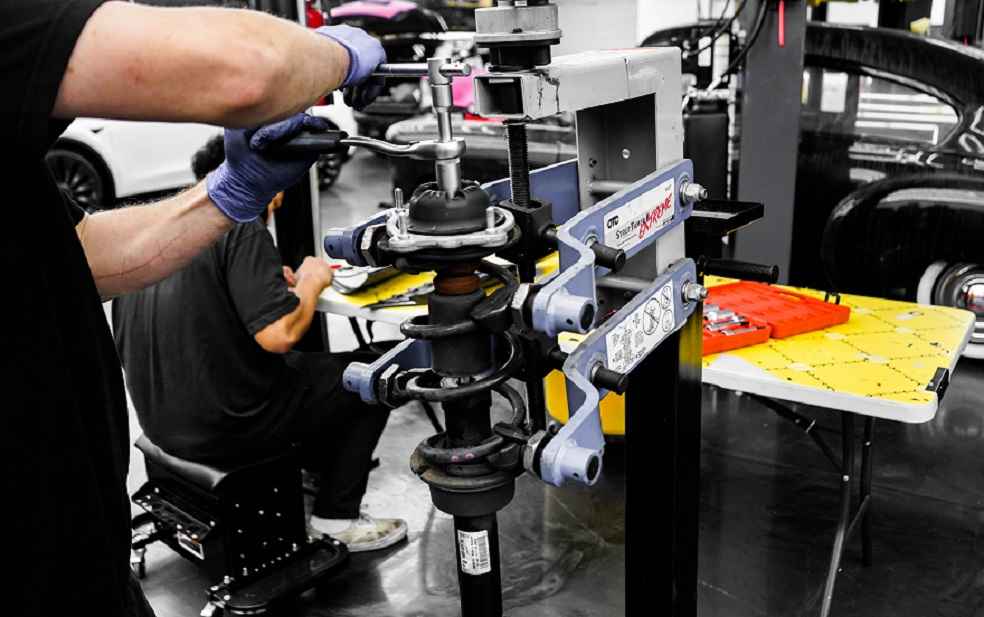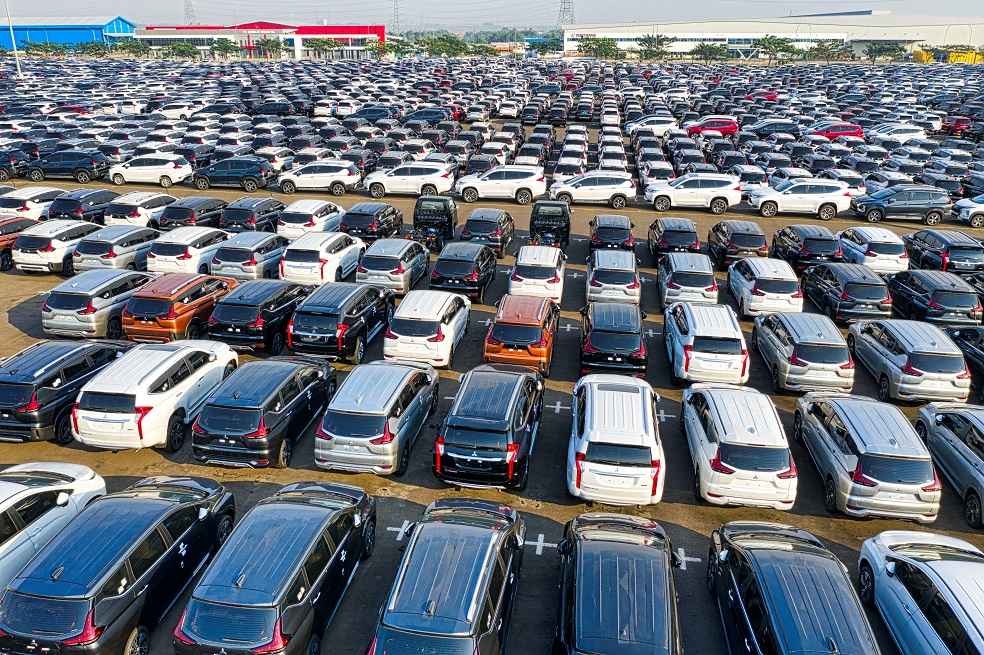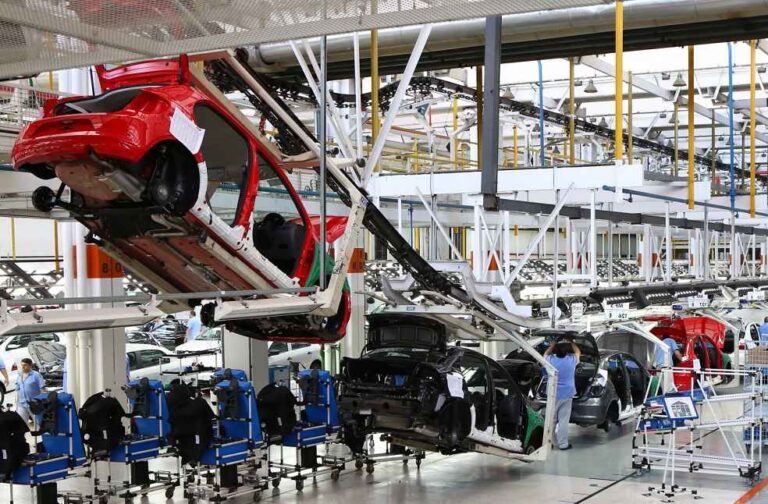Signs of recovery in Brazil’s manufacturing sector are emerging, led by the automotive industry and spurred on by a healthier macroeconomic climate. Encouraging factors such as declining inflation rates, tax breaks for car buyers, and improved GDP growth forecasts have significantly enhanced industrial prospects in the country.
Brazil’s automobile producers are ramping up production, preparing for a significant increase in sales driven by a government scheme to reduce car prices, set to take effect in June. This boost in the automotive industry – a sector that greatly influences petrochemicals demand – is expected, as Brazil’s inflation continues to decline, hitting a year-on-year rate of under 4% in May, the lowest since the first half of 2020.

Optimistic about economic recovery, the US credit rating agency S&P recently upgraded Brazil’s 2023 GDP growth forecast from 0.7% to 1.7%. This uptick in economic performance has also seen the Brazilian real strengthen, making imports more affordable and further boosting morale.
However, the path to revival has not been smooth for Brazil’s automotive sector. Over the last two years, it grappled with global semiconductor shortages and high borrowing costs, causing consumers to be cautious about large purchases. Despite this, the industry has remained resilient with sales of high-priced vehicles like SUVs staying strong.
A significant policy shift came with President Luiz Inacio Lula da Silva, who took office in January after Jair Bolsonaro’s turbulent term. President Lula has been advocating for a “popular car,” affordable for lower-income brackets. His administration hopes that the introduction of tax breaks for vehicles under R120,000, manufactured domestically, will revitalize the industry, providing jobs to over a million Brazilians according to government reports.

The automotive industry has embraced this strategy with enthusiasm. Anfavea, the country’s automotive trade group, projects a potential rise in vehicle sales of 20% in 2023 compared to 2022, attributing this projected increase to the new plan.
Good news is also on the horizon for automotive workers who were earlier sent on forced leave due to idle production plants. Tax breaks like the ones proposed have been successful in various countries, typically compensating for lost treasury income through increased tax receipts from higher sales.
Reflecting the positive atmosphere, Geraldo Alckmin, Brazil’s vice president and minister for development and industry, expressed optimism about the upcoming consumers’ response, job preservation, and the strengthening of the automotive industry.

This positive development is expected to positively influence June’s manufacturing statistics, with the release of the PMI index for the month set for July 1st. Although it was in the negative in May, an uptick similar to the one seen from April to May could push it into the expansion zone.
However, the news is mixed for Brazil’s chemical companies. While overall prospects improve, companies like Braskem and Unigel have seen poor performance in the first quarter. This has resulted in an overall contraction of industrial output, primarily due to the poor performance in the chemicals sector.
Yet, amidst financial struggles, the real’s exchange rate has improved significantly. Over a span of two weeks, it appreciated by more than 5%. Such a move, coupled with improving inflation and GDP forecasts, signals a hopeful time ahead for Brazil’s economy.
AUTO TECH: US-Canada Unite for Binational EV Charging Corridor





